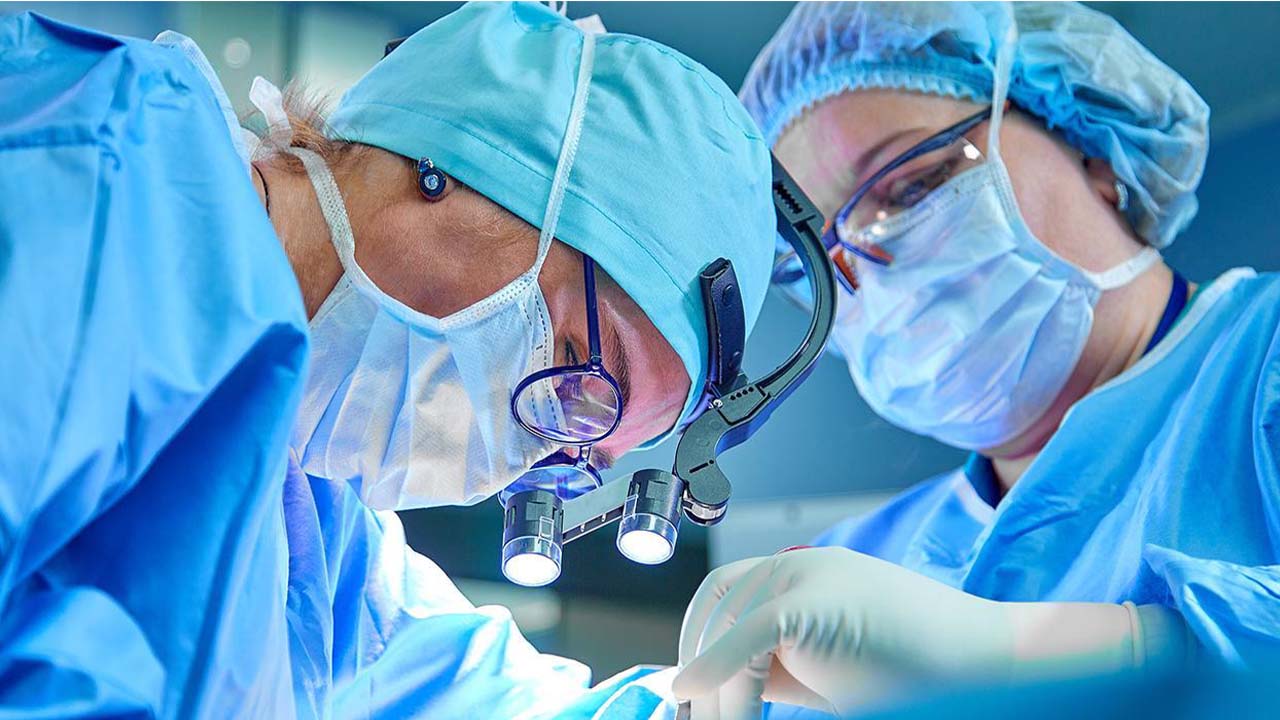If you are looking for a fibroid treatment that involves minimal or no stay at the hospital, then uterine fibroid embolization is the answer! UFE procedure is the best minimally invasive alternative for hysterectomy and myomectomy. A catheter, a thin tube, is inserted into the patient’s blood vessel via their leg or wrist. This is then guided by the fluoroscopic X-ray images towards the vessels feeding blood to the fibroid. When it reaches the target blood vessel, the catheter injects tiny particles that will help to block the blood vessel and the blood supply to the fibroid. When the blood flowing to the fibroid is restricted, it shrinks gradually. The patient is sent home immediately without having to stay at the hospital.
Impacts of UFE procedure
UFE has a success rate of 85%, and patients who choose UFE report great improvements in the symptoms because the fibroid size decreases over time. For example, if a patient was experiencing heavy menstrual bleeding before UFE, they returned to the normal flow after the treatment. However, this starving and shrinking of fibroid cannot be compared to the shrinking during menopause.
When is the UFE Procedure Recommended?
Uterine fibroid embolization is normally recommended for women who are symptomatic and do not want to undergo surgery. While other treatments target specific fibroid formations, UFE treats all fibroids present in one’s uterus, irrespective of the number and size of these fibroids.
Even though it is a great treatment option, it still needs to be recommended to individuals who plan babies in the future. UFE may also be more effective for fibroid presence in certain uterus locations than in others. One should discuss with their interventional radiologist for further and better-detailed information about whether to go for UFE.
Post-procedure Restrictions
UFE is a minimally invasive procedure that does not restrict the individuals much. The procedure takes about 6 to 10 days to recover completely. However, individuals may complain about pressure and pelvic pain in the first few days. Getting chills, having a fever, and feeling low energy are common and normal symptoms post-procedure. Some patients may also experience cold and flu.
The patient should expect the first menstrual cycle after the procedure to be more uncomfortable than usual. There may also be breakthrough bleeding on irregular dates for the first few weeks. The fibroids will continue to shrink for about 6 to 9 months after the procedure. Hence, it can take up to 3 months to see the benefits of UFE.




